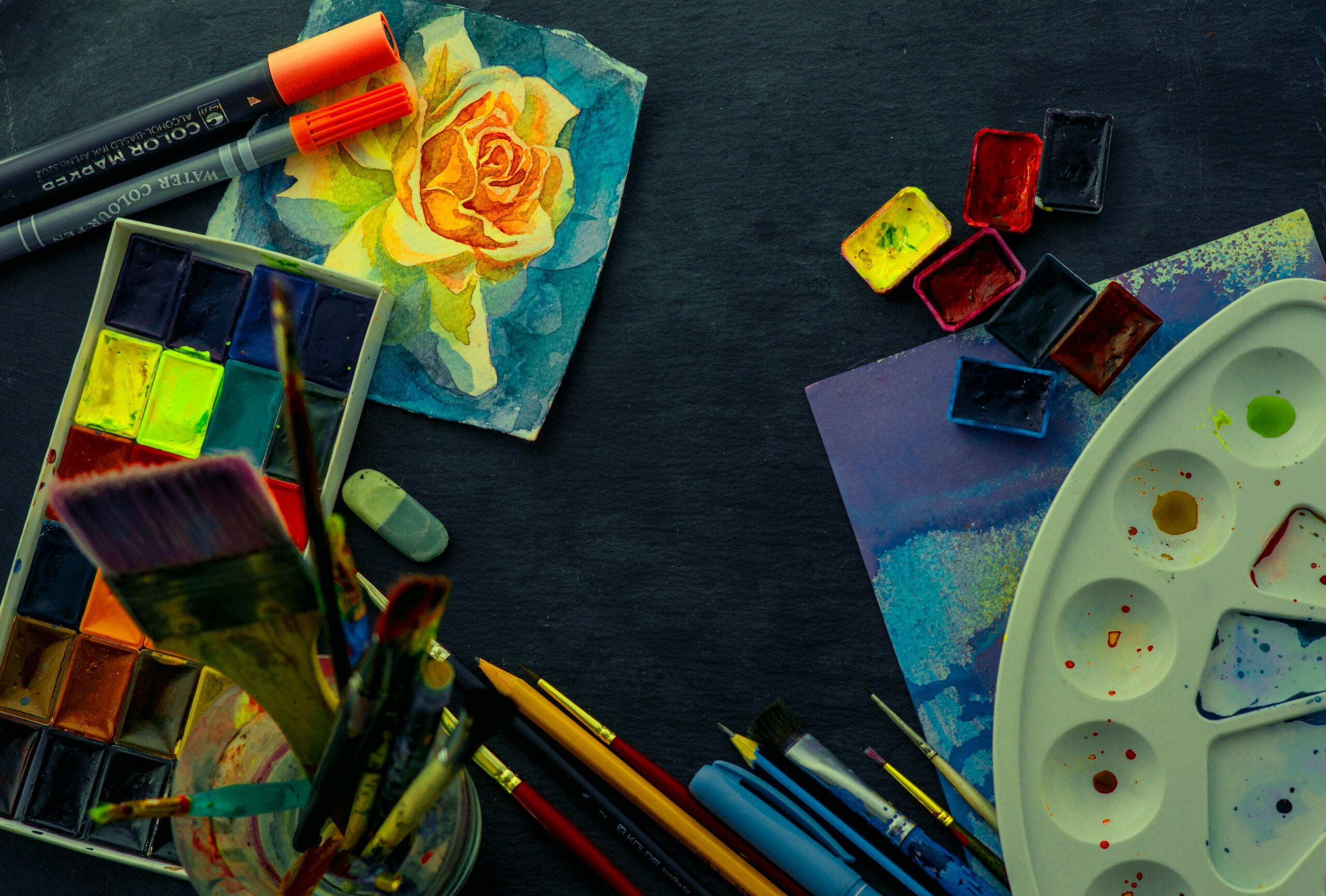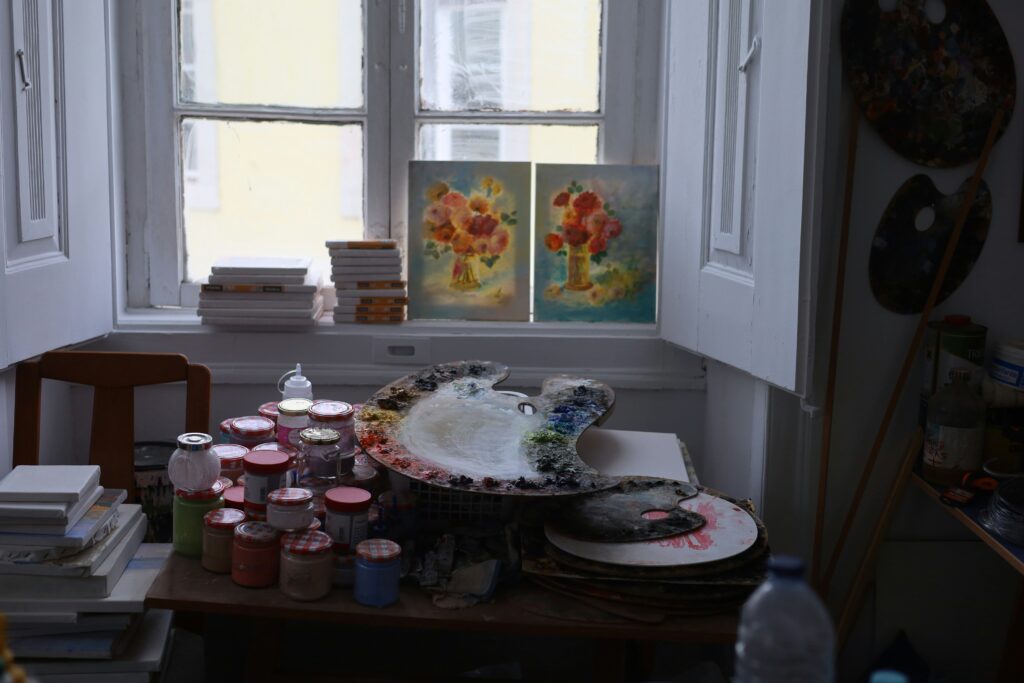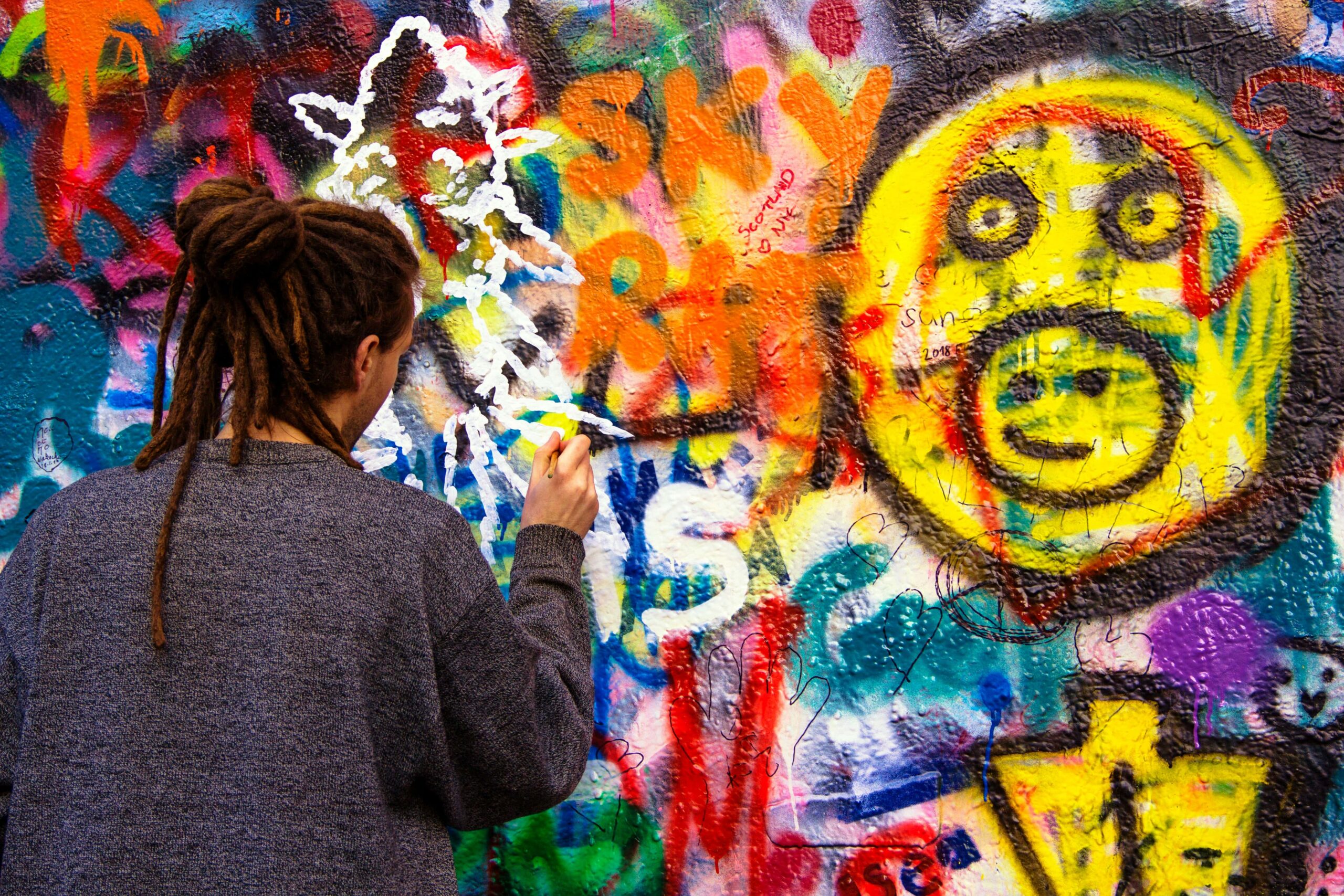Now Reading: Art Therapy for Substance Abuse
-
01
Art Therapy for Substance Abuse
Art Therapy for Substance Abuse

Discover how art therapy for substance abuse supports healing, reduces stress, and helps express emotions that are hard to put into words during recovery.
Introduction
Recovery from substance abuse is not only about staying sober—it’s about healing emotionally, mentally, and spiritually. For many people, that healing involves finding safe and healthy ways to explore deep feelings, process trauma, and reconnect with themselves. While talk therapy plays an important role in recovery, it isn’t always easy for everyone to open up with words. That’s where art therapy for substance abuse can help.
Art therapy offers a unique way to support recovery. It allows people to express emotions they might not be able to verbalize, reduce stress, and gain insight into their own behaviors and patterns. Through colors, shapes, and symbols, individuals in recovery begin to heal in ways that feel safe and empowering.
What Is Art Therapy?
Art therapy is a form of psychotherapy that uses creative activities—such as drawing, painting, collage, or sculpture—as tools for emotional expression and healing. A licensed art therapist guides the process, helping clients explore their emotions, uncover deeper thoughts, and process experiences without pressure to “say the right thing.”
Importantly, art therapy is not about being “good” at art. It’s about using creative expression to connect with your inner world, release emotional pain, and build a more positive sense of self.
Why Art Therapy Works for Substance Abuse Recovery
1. Gives Voice to Difficult Emotions
Addiction often stems from unresolved trauma, emotional pain, or an inability to cope with life’s stressors. Many people use substances to numb feelings of sadness, fear, anger, or shame. In recovery, these emotions can resurface—and they can be overwhelming.
Art therapy provides a non-verbal outlet for these complex feelings. When talking feels too hard or unsafe, drawing or painting can help individuals externalize what’s inside and start processing it.
📊 A study published in The Arts in Psychotherapy (2014) found that art therapy significantly improved emotional expression and reduced psychological distress among people with substance use disorders 1.
2. Reduces Stress and Promotes Relaxation
Early recovery can be stressful. Physical withdrawal, emotional turbulence, and the challenges of daily life all take a toll. Engaging in art therapy activates the parasympathetic nervous system, which calms the body and reduces anxiety.
Just a few minutes of focused creative activity can bring a sense of peace, helping the individual feel more present and grounded.
📊 A 2016 study in Art Therapy: Journal of the American Art Therapy Association showed that 45 minutes of art-making lowered cortisol levels, a key stress hormone, across a diverse group of adults 2.
3. Encourages Self-Reflection and Insight
Recovery is not only about stopping substance use—it’s about understanding why someone started using in the first place. Art therapy helps individuals explore patterns, triggers, and past wounds that may have contributed to addiction.
By creating visual representations of their emotions, memories, or beliefs, people often gain insights they weren’t aware of before. This reflection promotes self-awareness, which is crucial for relapse prevention and long-term healing.
4. Improves Self-Esteem and Empowerment
Addiction often damages self-worth. People may carry guilt, shame, or a belief that they are broken. In art therapy, creating something with your hands—even something simple—can build confidence and a sense of accomplishment.
As participants engage in creative expression, they begin to see themselves as capable, expressive, and worthy. These positive experiences become building blocks for rebuilding identity and hope.
5. Supports Connection and Communication
In group settings, art therapy also fosters connection. Sharing artwork can help individuals feel seen and understood. For many, it’s easier to open up about their piece than to talk about their emotions directly.
This can lead to more meaningful conversations and a deeper sense of community, which is essential in addiction recovery.

Common Techniques in Art Therapy for Substance Abuse
Art therapists use a variety of techniques to support healing. Here are a few commonly used in addiction recovery:
| Technique | Purpose |
|---|---|
| Emotion Wheels | Identify and name complex emotions using colors and shapes. |
| Addiction Masks | Explore the contrast between the person you show the world and how you feel inside. |
| Timeline Art | Create a visual journey of your life before, during, and after addiction. |
| Safe Space Drawing | Imagine and draw a place that feels safe and calming. |
| Future Self Portraits | Visualize the person you’re becoming in recovery. |
These techniques are powerful because they allow emotions to emerge naturally, without force or judgment.
Real-Life Example: “James’ Healing Through Art”
James, a 32-year-old recovering from heroin addiction, struggled to express himself in group therapy. He often sat in silence or gave short answers. But in art therapy, he created a dark, chaotic painting of waves crashing over a small boat.
When asked about the painting, he quietly said, “This is what my mind feels like.”
That moment marked a breakthrough. Over time, James created brighter, more hopeful images. He began sharing more in group sessions. Art therapy became his way back to himself.
Accessing Art Therapy in Recovery
You can find art therapy for substance abuse in many settings, including:
- Inpatient and outpatient treatment programs
- Community mental health centers
- Private therapy practices
- Supportive recovery housing or sober living environments
Look for licensed art therapists (with credentials like ATR or ATR-BC) who specialize in addiction and trauma. Many programs also include art therapy as part of a holistic treatment plan.
Getting Started on Your Own
Even if you don’t have access to a professional therapist right now, you can begin exploring the benefits of art in recovery.
Simple ideas to try:
- Draw your emotions using only colors—no images or words.
- Create a collage that represents your journey in recovery.
- Keep an art journal where you combine writing and images.
- Try “mandala drawing” for mindfulness and relaxation.
Remember: the goal is not to create “perfect” art—it’s to express yourself and feel.
Final Thoughts
Art therapy for substance abuse offers more than a creative outlet. It provides a safe space to feel, explore, and heal. For people in recovery, art becomes a language of hope, resilience, and renewal.
Whether you’re just beginning your recovery journey or continuing to deepen it, art therapy can help you reconnect with your emotions, reduce stress, and discover a version of yourself untouched by addiction.
“Art enables us to find ourselves and lose ourselves at the same time.” – Thomas Merton
References
- Gussak, D. E. (2014). The impact of art therapy on recovery from substance abuse: A study in a correctional setting. The Arts in Psychotherapy, 41(3), 220–227. ↩
- Kaimal, G., Ray, K., & Muniz, J. (2016). Reduction of cortisol levels and participants’ responses following art making. Art Therapy, 33(2), 74–80. ↩

Hi, I’m Brittany Larsen, a passionate blogger and content creator dedicated to writing meaningful and engaging articles. I specialize in topics like mental health, wellness, and personal development, aiming to inspire and empower my readers through relatable stories and practical advice.























